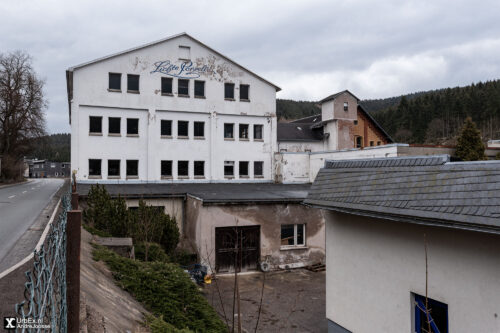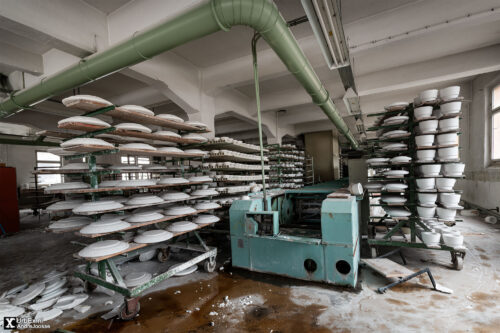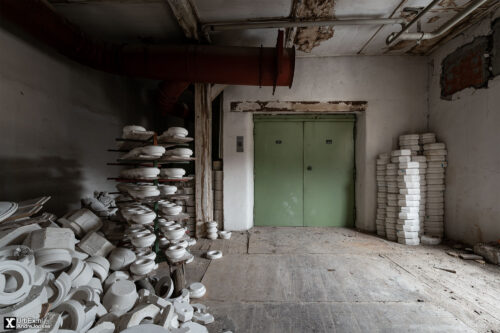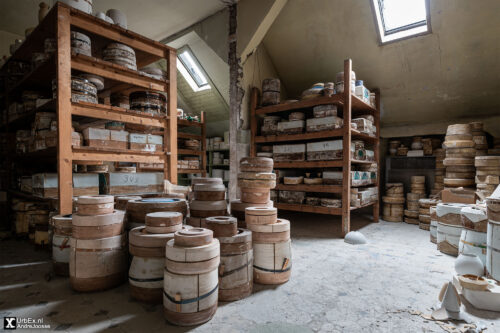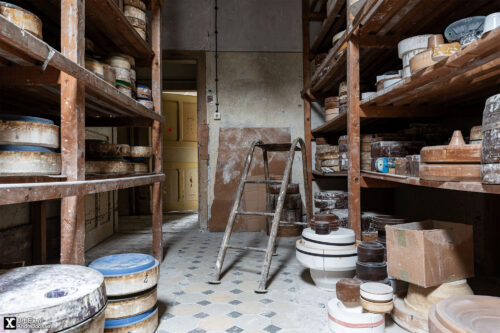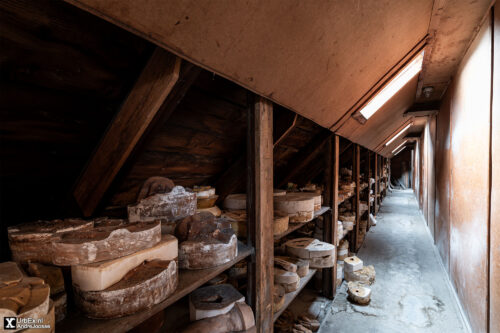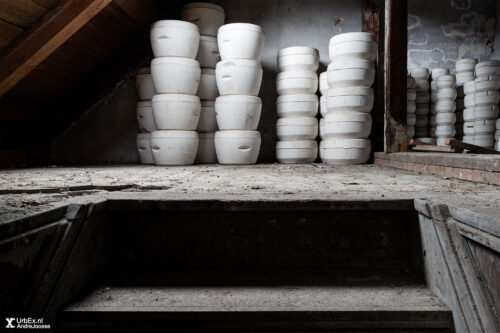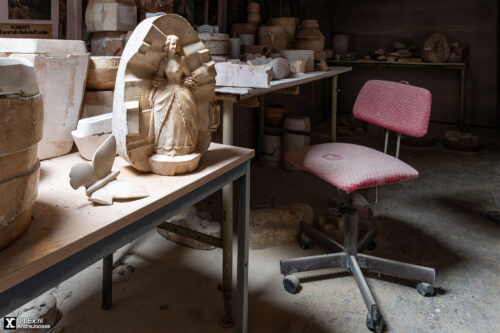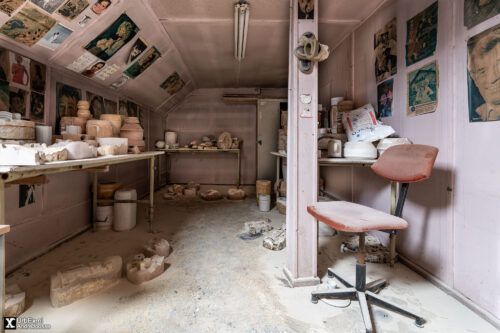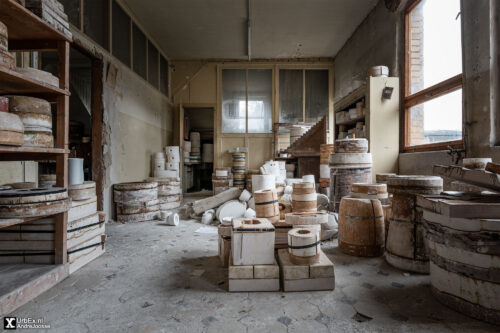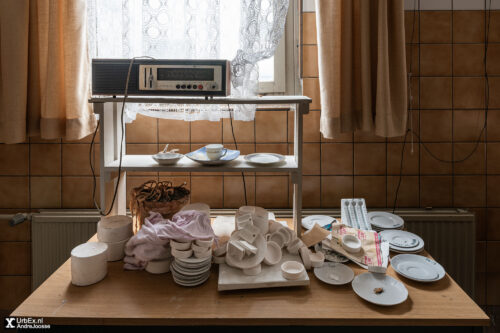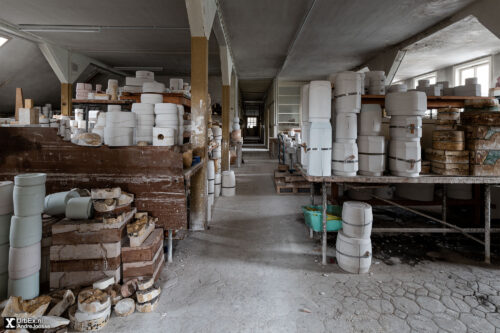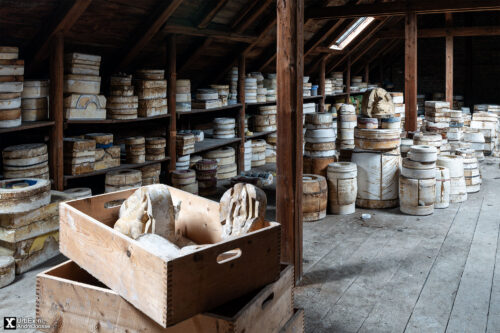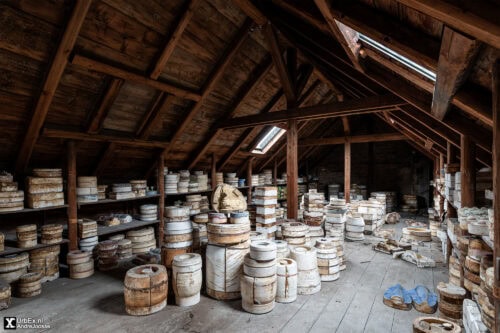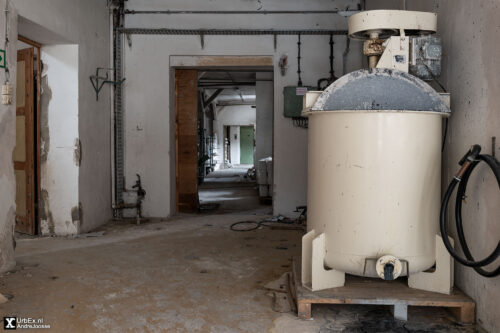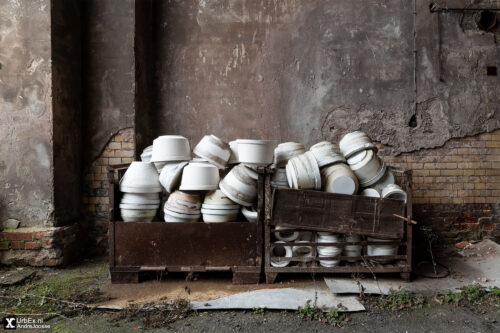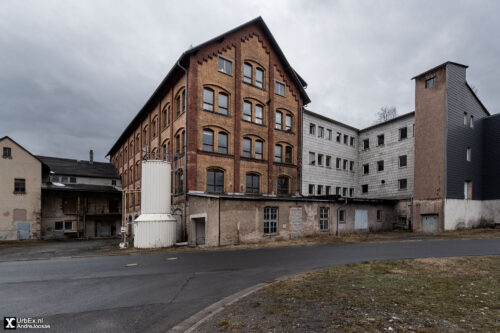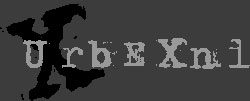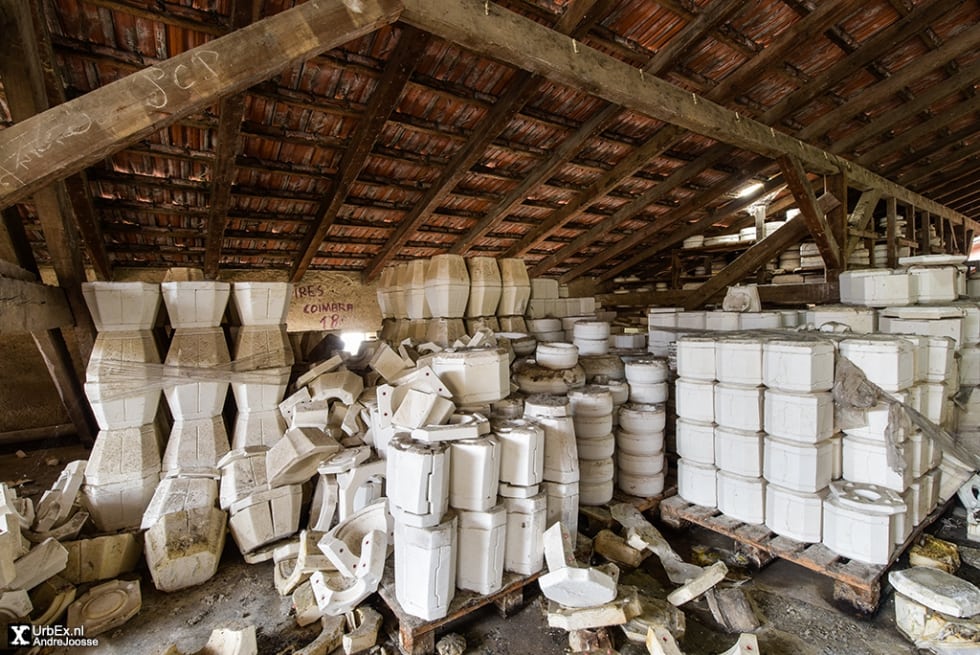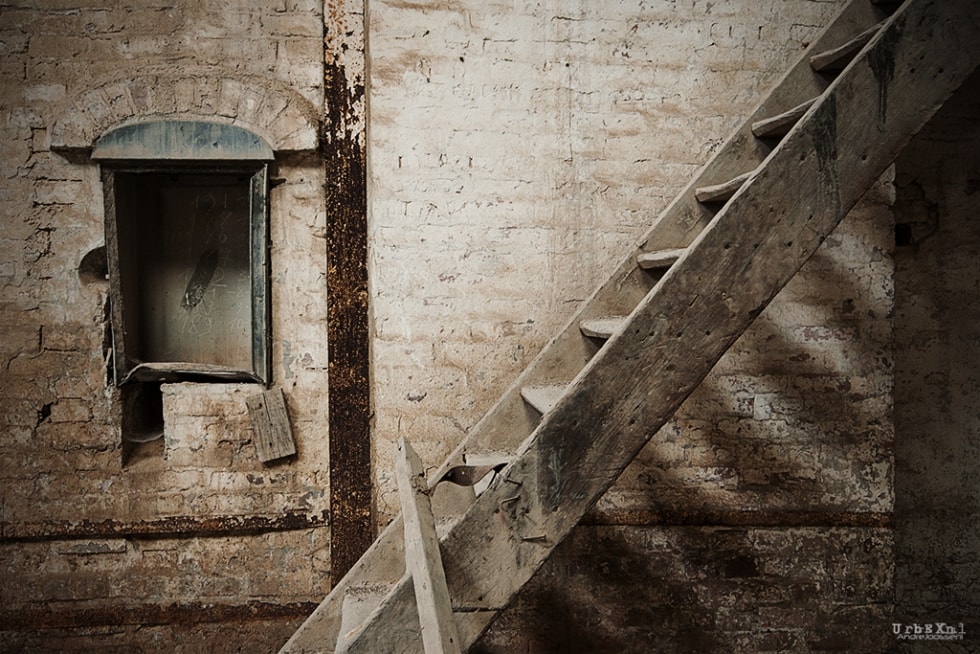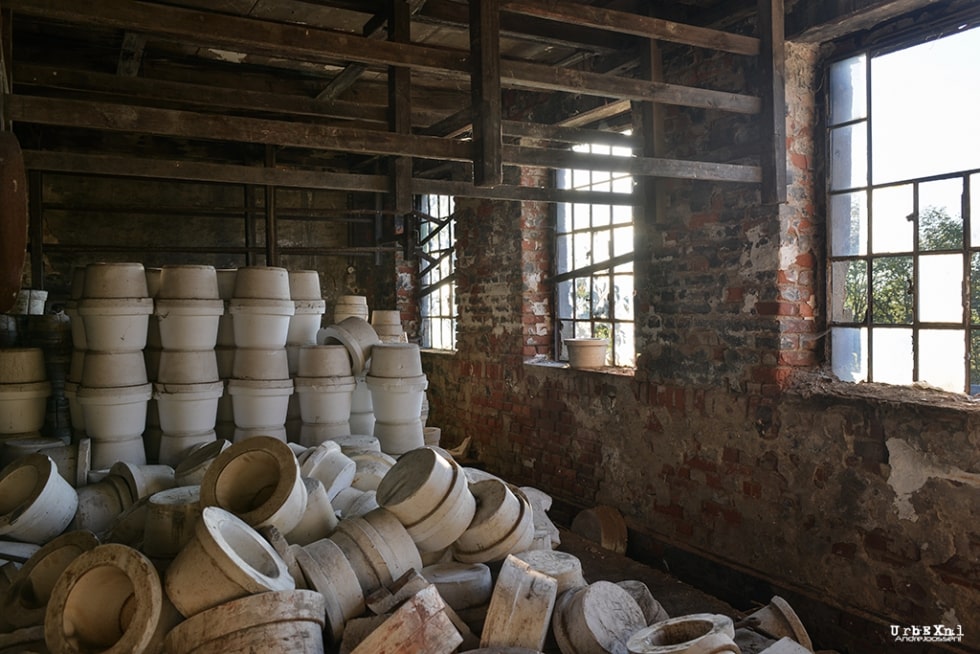Lichte Porzellan
In the small village of Lichte, deep in the Thuringian Forest, lies Lichte Porzellan, an abandoned porcelain factory. Its history began in 1822, when Johann Heinrich Leder founded a porcelain workshop here. The region was already known for fine porcelain.

In 1824, JohannLeder passed the factory on to his cousins Wilhelm and Heinrich Liebmann. Wilhelm became the sole owner in 1830. In 1840, the brothers Christoph and Philipp Heubach bought the factory and founded the company Gebrüder Heubach.
Gebrüder Heubach
At first, the factory mainly produced tableware. In 1876, they began making decorative porcelain. Around the same time, an art, and design school opened in Lichte, helping to create new styles and improve quality. The factory became more and more famous.
In 1900, Heubach exhibited its artistic porcelain at the World’s Fair in Paris and won a silver medal. In the years that followed, they received many more awards. The art department grew and attracted skilled artists.
VEB Zierporzellan Lichte
The Heubach company was acquired by Otto Friedrich, Prince of Ysenburg and Büdingen, in 1938. After the Second World War, it was nationalized by the East German government. From 1948 on, the factory produced porcelain under the name VEB Zierporzellan Lichte. Even in the socialist economy, the porcelain was seen as a luxury product and remained popular.
From 1991 to 1993, the company was again owned by its former owner, the Princely House of Ysenburg and Büdingen. Since 1994, Lichte Porzellan GmbH has been operating under the management of former employees. In 2012, the company was forced to file for bankruptcy; two years later, the new PKS production company also filed for bankruptcy. Production was discontinued.
Today, parts of the old factory stand empty. Broken windows, leftover molds, and quiet workshops show the past. Nature is slowly taking back the buildings. For urban explorers, this location is a quiet witness to the long and rich history of German porcelain making. I visited the factory in 2016.
